Protecting the Arctic for people, wildlife and the planet
The Arctic is one of the most unique places on Earth. It spans eight countries, is home to more than 13 million people, and provides a habitat for truly incredible wildlife. And now, it’s the battleground for one of the most important fights in environmental history.
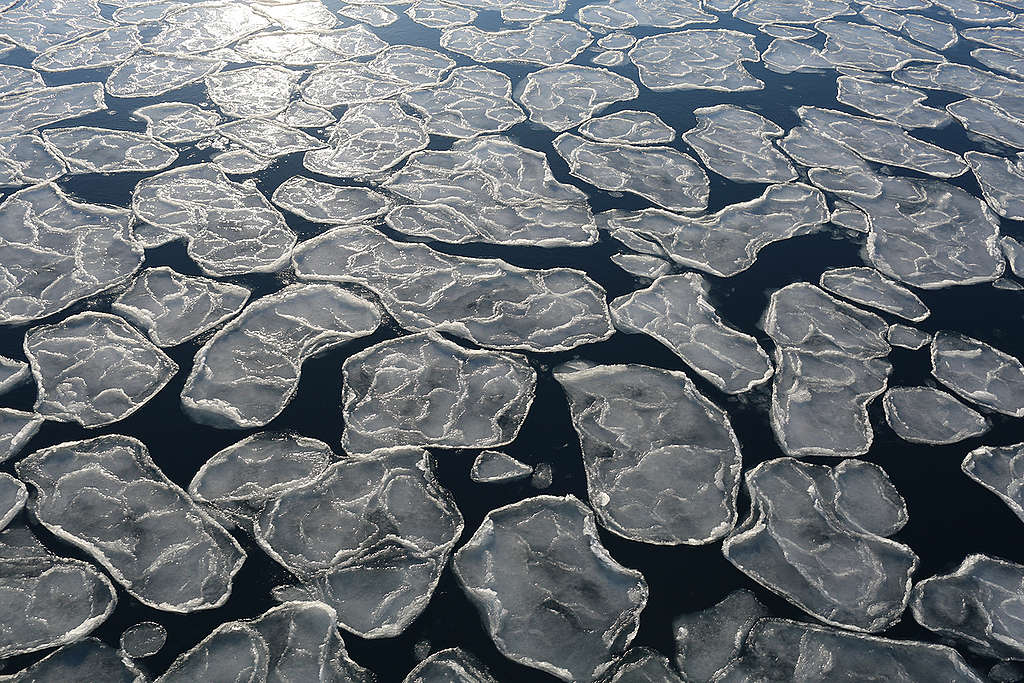
Most of us will never travel to the Arctic. Even so, this far away region touches our daily lives in ways you may not realise.
While the people-powered movement to save the Arctic won a major victory when Royal Dutch Shell halted its drilling plans — leading the United States to take the Arctic Ocean off the table for oil drilling for the next two years — the fight isn’t near over. The Arctic Ocean is not safe from the dangers of oil drilling or climate change until we have long-term policies in place to keep all fossil fuels in the ground not just for two years, but forever.
And so the struggle continues. Because when it comes to protecting the Arctic, it’s about all of us.
It’s About Climate Change
The Arctic plays a critical role in regulating global temperatures and counteracting climate change.
Here’s how it works: Arctic sea ice keeps the planet cool by reflecting sunlight. As climate change takes hold and the world gets warmer, the ice is melting and the oceans are absorbing sunlight. This makes the planet even warmer, causing the ice to melt even faster.
As the Arctic ice melts, the oil under Arctic waters becomes an increasingly attractive target for the oil industry. That’s right — oil that was once out of reach because the Arctic was frozen is now accessible because of climate change. And the very companies responsible for climate change want more oil to make climate change worse.

It’s About People
Threats to the Arctic are threats to the 4 million people who live there, particularly Indigenous groups. These communities depend on this environment for food and resources and have stewarded it for centuries.
The Arctic is home to more than 40 distinct ethnic and cultural groups. As it changes, so does the land of their heritage, languages and way of life. An oil spill in the region would amount to nothing less than a humanitarian crisis.
“What affects her community affects my community, what affects us affects them. When one nation loses the right to subsist on their own foods, it affects all of us.”
Faith Gemmill-Fredson, Native Alaskan and founder of REDOIL (Resisting Environmental Destruction On Indigenous Lands)
It’s About Wildlife
The Arctic is home to incredible animals found nowhere else in the world. All of them depend on sea ice to survive.
The amazing land animals that call the Arctic home include polar bears, foxes, reindeer and oxen, many of which are endangered. In fact, experts warn that polar bears could completely disappear from the Arctic in the next 100 years if we don’t take action soon.
And there are equally wonderful creatures living in Arctic waters. Numerous whale species, seals and walruses can only be found in the Arctic.
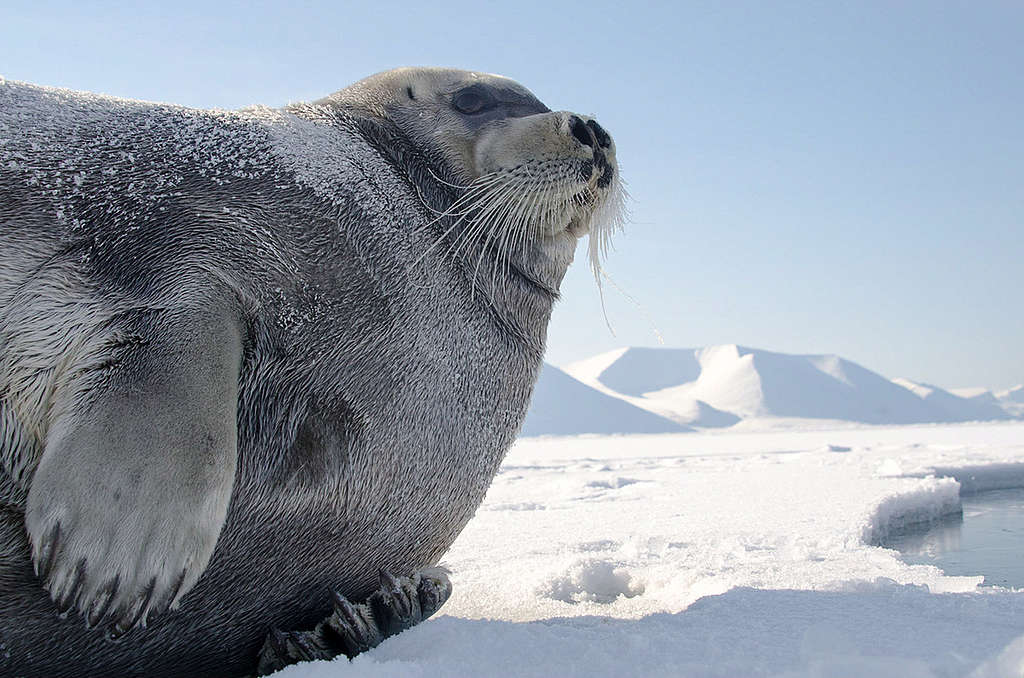
Save the Arctic
The best way to protect the Arctic Ocean, its wildlife and its people is to keep fossil fuels in the ground. This means telling all companies and governments that the Arctic Ocean — and its oil — is off limits forever.
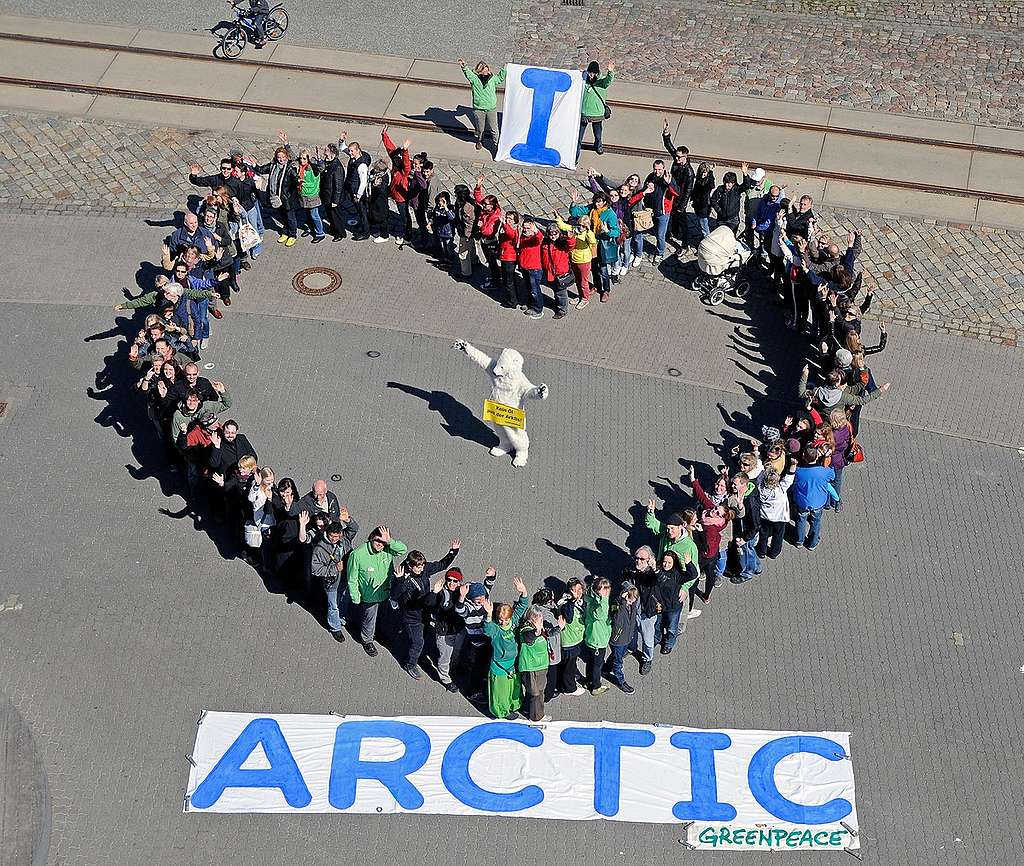

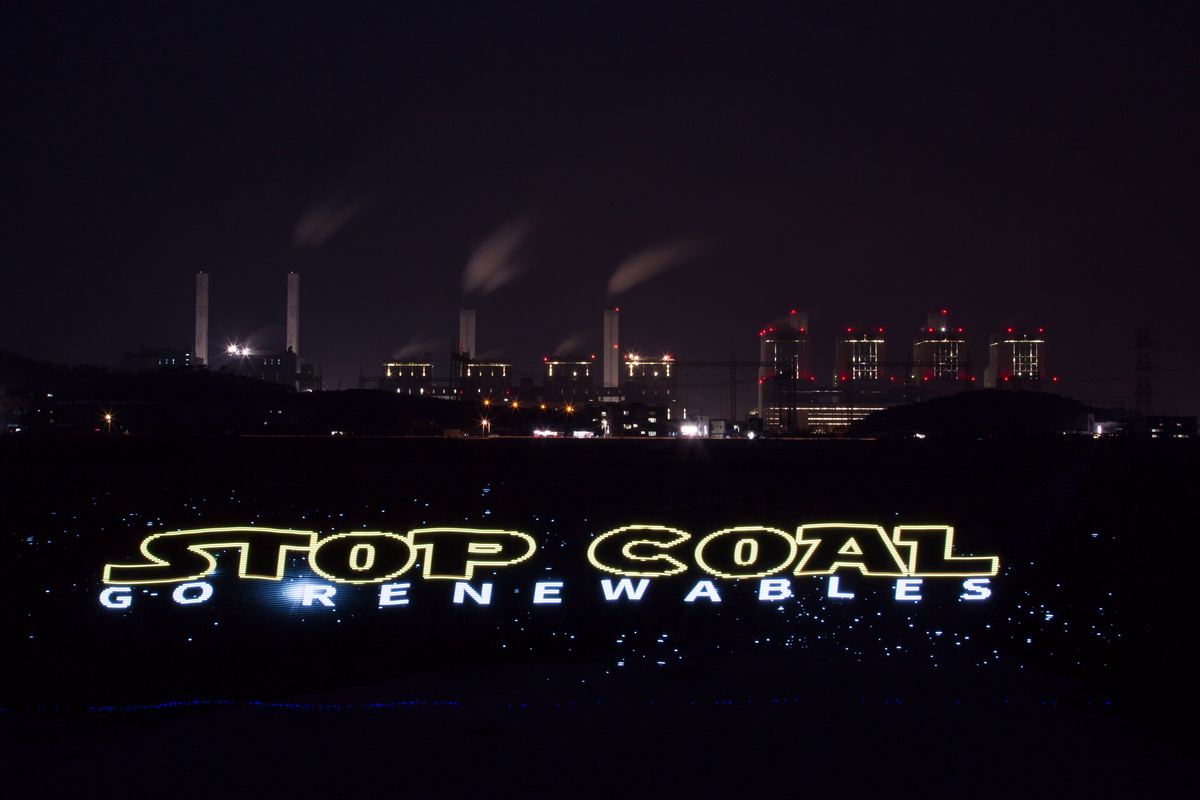
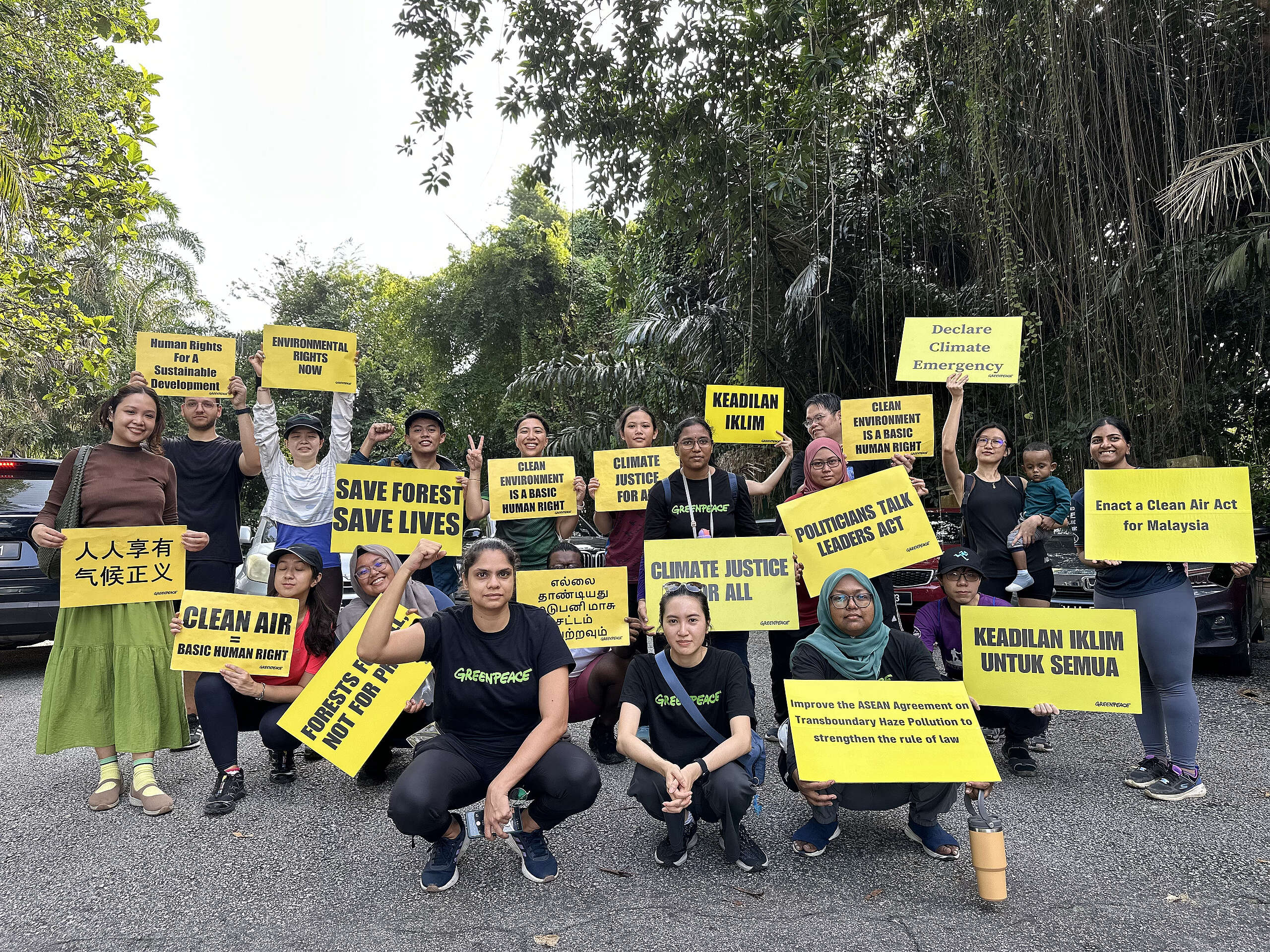
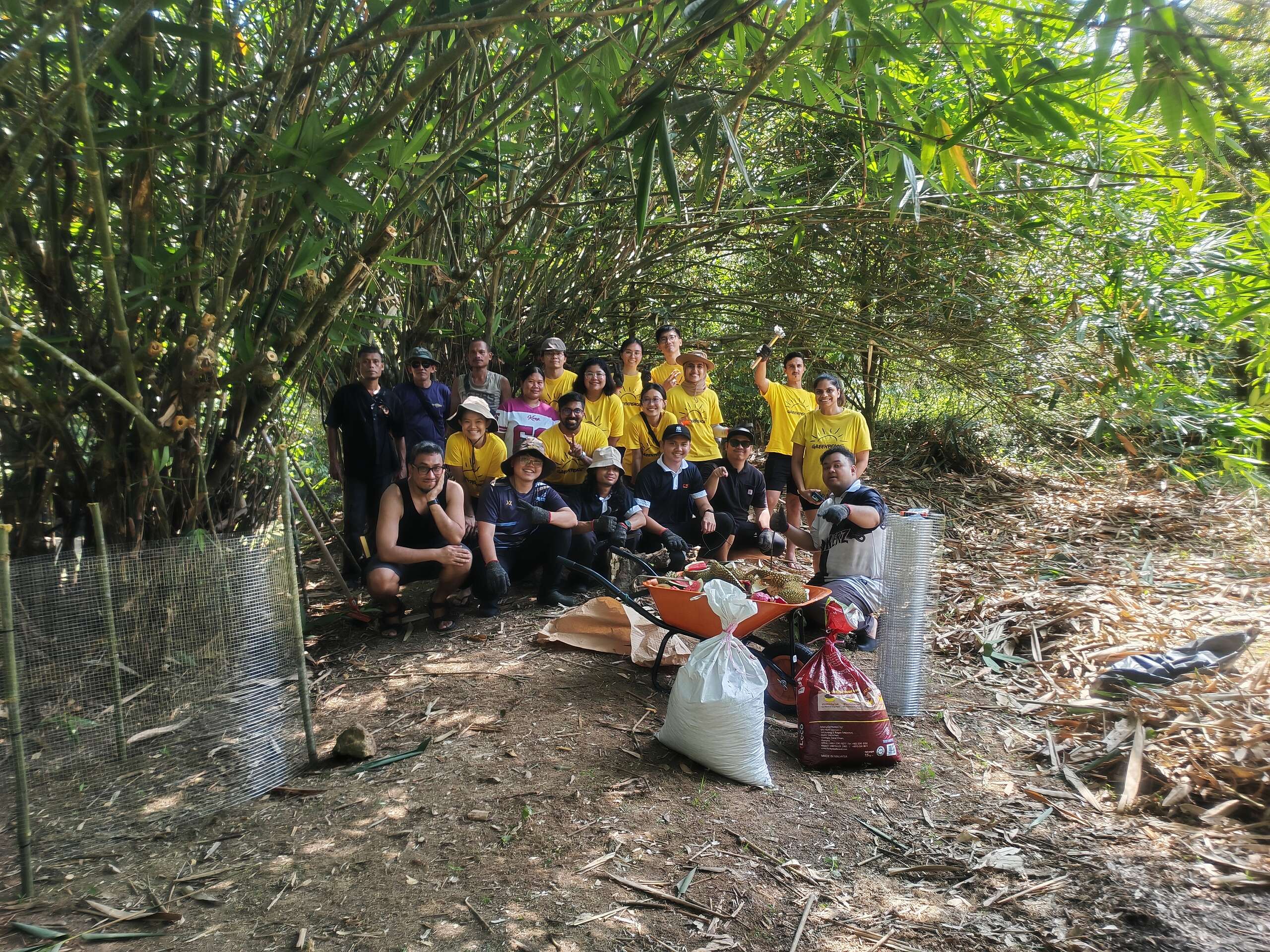
Discussion
Don't touch the Forrest..Who will pay for it.the political party or the goverment ?don't trust them... our children will never see the Forrest ...
Hello. I'm from Malaysia and had donated a one-time RM100 to the Save the Artic drive shown on ASTRO. My transaction details are as follows: ND202809T634183740966362112__A1676445__A8710D7 I was under the impression that a pin badge with a picture of a polar bear would be presented to those who donate, because it was shown as such on TV. So, how will I get the badge? Besides the fact that it looks cute & cool, the badge will help spread the proverbial word indirectly; I'm a school teacher and seeing me with the pin badge will invariably stoke the interest of my students. I truly hope GreenPeace will mail the badge to me. Thanks.
Please save the artic. I think it is our duty to save the artic.I am a kid saying this. I heard that a lot of oil spills happen on the artic. If this happens further more I cant think what will happen to artic. Please save the artic polar bears live there. If this oil spilts happen more polar bears will die. I think GREENPEACE comunity is the best. Please save the artic and the polar bears
I think it is important to save the artic. I will give my full effort to save the artic.
Please save the artic and the polar bears
Please save the artic.
please save the artic
I came across a TV commercial about the Greenpeace donation (for wildlife in Artic) and a free badge will be giving out for the every donation, may I know how to get it if I want to make donation?